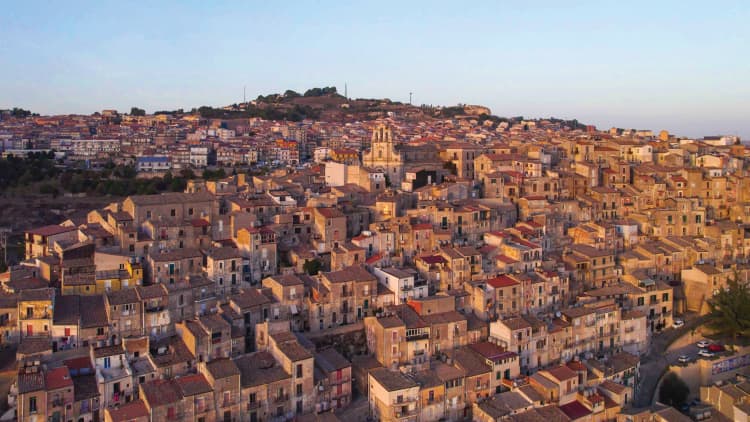In the best U.S. city for remote work, the median household income is $71,000; rent is about $1,400 a month; homes are valued at about $412,000; and 58% of residents are college grads.
Welcome to Portland, Maine. Population: 68,424.
The waterfront town is the highest-ranked U.S. city for remote workers according to a new analysis from Remote.com, a global HR platform for distributed teams.
The ranking considers the top 100 cities around the world based on factors including quality of life, safety, internet infrastructure and travel, as well as current economic factors, such as inflation and whether it offers financial incentives to newcomers.
While most top cities are spread across Europe and Asia, Portland is the only U.S. city to crack the top 10.
Here are the 10 highest-ranked U.S. cities for remote work, according to Remote.com:
- Portland, Maine (No. 7 overall)
- Honolulu, Hawaii (No. 19 overall)
- Des Moines, Iowa (No. 20 overall)
- New York, New York (No. 21 overall)
- Concord, New Hampshire (No. 23 overall)
- Minneapolis, Minnesota (No. 26 overall)
- Hamilton, Ohio (No. 27 overall)
- Topeka, Kansas (No. 29 overall)
- Louisville, Kentucky (No. 30 overall)
- Montpelier, Vermont (No. 32 overall)
“Portland’s distinction as the top U.S. city for remote work in our report is a testament to the city’s robust infrastructure, welcoming community, and the overall quality of life that it offers to remote workers,” says Job van der Voort, co-founder and CEO of Remote.com.
Housing is relatively affordable compared to many parts of the country, he says, and as for economic incentives, the state’s student loan repayment program gives eligible residents up to $2,500 in refundable tax credits per year for making college debt payments, up to $25,000 total.
And while Maine has traditionally lacked racial diversity, its growing immigrant population is changing its communities and economy, which could indicate its openness to new residents.
Best cities are ‘walkable, green and nicely designed for residents’
Other top cities are “walkable, green and nicely designed for residents” to “provide a better quality of life for remote workers who appreciate the flexibility and the vibrancy of their immediate surroundings,” van der Voort says.
Some usual suspects top the list. No. 2 Honolulu is a big vacation destination and generally popular among visitors, while New York is the biggest city in the country with an outsized job market and impact on American culture.
But other under-the-radar cities show real promise, too.
“Midwestern cities like Des Moines, Topeka and Hamilton all earned high rankings in part because of the remote-friendly incentive programs these cities are pioneering,” van der Voort says. Hamilton and Topeka, for example, offer financial incentives to remote workers like student loan repayment credits and relocation cost coverage.
They also score highly for both quality of life and affordable living costs, van der Voort adds.
Overall, the top three best cities around the world for remote workers are Madrid, Spain; Madeira, Portugal; and Toronto, Canada.
Want to land your dream job in 2024? Take CNBC’s new online course How to Ace Your Job Interview to learn what hiring managers are really looking for, body language techniques, what to say and not to say, and the best way to talk about pay.
Plus, sign up for CNBC Make It’s newsletter to get tips and tricks for success at work, with money and in life.

Read More: World News | Entertainment News | Celeb News
CNBC










